The Yaak - Wet & Wild
Article by Rick Bass | Photos by Donnie Sexton
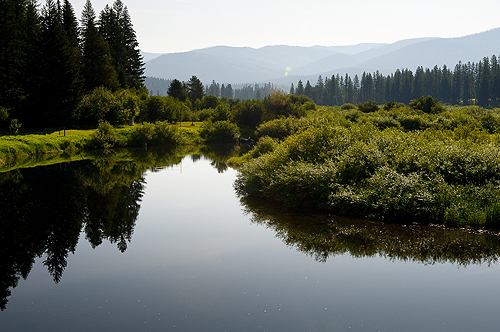
All of a sudden it’s been a long time; all of a sudden, I’ve become, or am becoming, an old-timer. It’s always been a hard place to make a living—I’ve been told that even the first people, the Kootenai, didn’t inhabit the Yaak year-round, but camped down along the Kootenai River, hunting in the Yaak in the summer and fall—and though there are some of us who live here year-round now, it’s still a pretty small number. When I first came to the Yaak Valley, in extreme northwest Montana, everything was new. Even the heat was new. Back then, the super-hot summers still seemed an anomaly, a curiosity, rather than a norm. The country hadn’t burned big in over 50 years, and there were more hues and tones of green than I had encountered or even imagined in Mississippi, where I had been living and working, and certainly more than anything I had known in Texas, where I grew up. Water slid in sheets and from the broad drooping fronds of cedars, dripped in melodies sometimes staccato and other times with a hissing harmony from the tips of pine and pipsissewa, trickled in fantastic maze-whorls down the lock-and-key bark of larch and ponderosa.
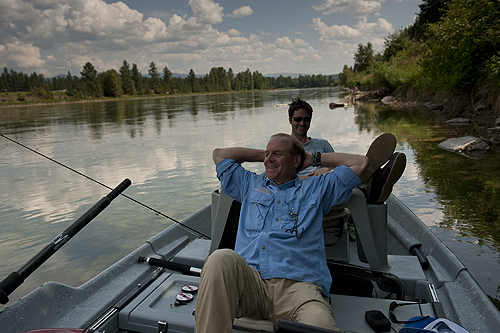
Water splattered heavy and globular from the branches and needles of lodgepole. Water got in your eyes, drenched your hair, scrubbed your face clean as you passed through the screen of alder. Your lungs were so hydrated by the simple act of breathing that sometimes you didn’t need to drink a single glass of water, but got all you needed from the miraculous act of respiration.
The hoofs of animals in the Yaak, beneficiaries of the soft and spongy rotting substrate of the forests, are better preserved than those of others of same-species counterparts found elsewhere in the West, and the knees and hips of humans are likewise subject to less cumulative wear and tear.
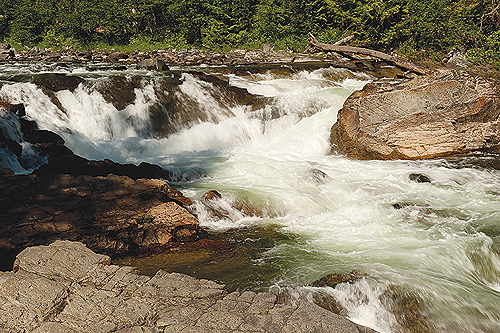
Walking in the Yaak, however, isn’t real high on the to-do list. The viewscapes are interior, sightlines are usually limited at best due to the dense forests. Fully one-third of the valley has been heavily managed, which, until fairly recently, often meant large clearcuts. There are places in the Yaak that have no semblance to the dramatic and beautiful rock- and ice-scapes so celebrated, and justly so, in much of the rest of Montana: the Beartooths and Cabinets, Missions and Bitterroots, Bob Marshall and Scapegoat, Crazies and etc. The Yaak’s backcountry is different from anywhere else, in that it is a biological wilderness, not a recreational wilderness. There’s an incredible diversity of plant and animal life present in part because of the Yaak’s unique geography, situated in a vibrant green cleft that combines more than any other the lush, rainforest rot with the more dynamic fire ecology of the central Rockies. There is not only the diversity of plant and animal life, but also a secondary diversity of relationships between species that is not found elsewhere in Montana. And in addition to being the wettest part of Montana, it is the lowest; the Yaak flows into the Kootenai River (largest tributary to the Columbia) at an elevation of only 1,880 feet.
Another strange fact regarding the Yaak and its history with water: the ice left here last. Even as the rest of the western Montana landscape was emerging from the thinning ice shield, being carved and shredded into many of the same fantastic cirques and spires and scallops that remain still today, the Yaak slept beneath thousands of feet of blue ice. The weight of the ice pressed down on the old Cambrian sediments, pressuring and reshaping those layers as if with immense bands, squeezing and folding and sculpting soft clay, producing not the high jagged sawteeth that pierced the ice but instead more subtle, muscular, rounded shapes. The contours resembled less often the savage, dramatic geometry of knife-blades and arêtes, but rather the coiled tension and poised grace of animals, waiting to be set into motion.
It wasn’t the water that first got my attention. It was more private. Here in the Yaak, you could take a few steps and vanish, could be swallowed by something enormous. The creeks were tiny, could often be leapt over without getting one’s boots wet, or could be traversed by stone-jumping, on one’s way farther and deeper into the dramatic thing, the seemingly-endless forest. Even the Yaak River, at certain times of year, could be rock-hopped or, in the long winter, walked across, every winter day a miracle, the ice squeaking tight and cold underfoot, like the taut skin of a drum or a banjo. The air so cold your eyelashes try to freeze-weld with even the faintest bit of moisture. Why pay attention to the Yaak’s creeks, springs, marshes, fens, or even the dramatic waterfalls, when there was so much country to explore? In the larger scale of the place, the tributaries were like tiny threads laid down in the greater, seemingly endless fabric or matrix of the mountains: faint veins that glittered in the mountains. There were animals everywhere, in the Yaak—porcupines amidst the spruce forests, moose belly-deep in the marshes, and bears leaping up from the green heat of their marshy alder-bowers.

There were even wolves, back then, in the 1980s, passing back and forth from Canada, even though folks thought they were extinct. It was all part of the Yaak’s signature and identity, and while I didn’t take it for granted—there were wild animals any place there was water to be found, and water was everywhere—I kept hiking farther into the mountains. The Yaak is so wet that even in the high country there is water. I didn’t take it for granted, but now that we are moving further into a dryer, warming world, the Yaak seems to me even rarer and more valuable than ever, a wet low-elevation refuge, a bowl of moisture and lushness better suited perhaps than any other to face the heated future with more buffer, stability, moderation. Likewise, the extreme vegetative diversity engendered by all this moisture and its positioning between the Pacific Northwest and the central Rockies, seems to offer some possible protection against the current and forthcoming rigors of a fast-changing climate and vegetative regime.
How strange to think that a place known for its extremes—farthest north, farthest west, lowest elevation, wettest, wildest, most remote, etc.—might eventually—and soon—be one of our state’s best hopes at retaining some balance and moderating buffer against the wild amplitudes going on farther south in the Rockies, and even in Montana.
For this reason, and so much else, the Yaak is to be celebrated, protected, conserved. Many places in Montana will change dramatically over the next hundred or more years, but I like to think that given its diversity, the Yaak might continue to be diverse and special, retaining all the elements—perhaps in different proportions—than it has now. Not even geology is immutable, but in a healthy ecosystem like the Yaak, I think that time behaves differently, moves more slowly. I’m pretty sure of it. We’ll see.

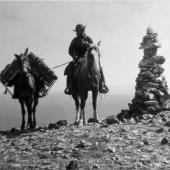









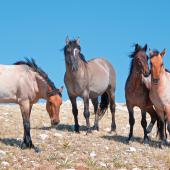
Leave a Comment Here